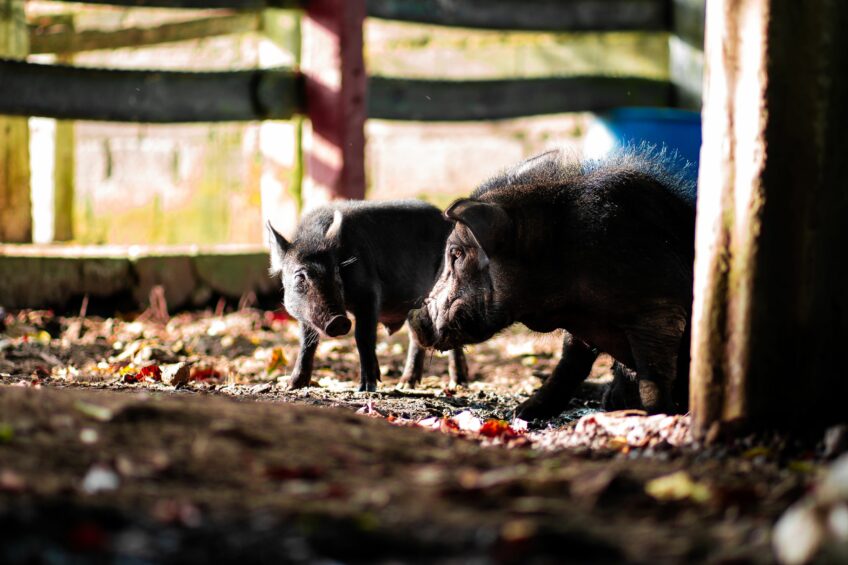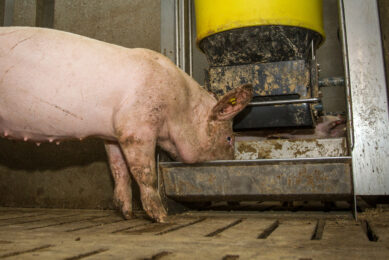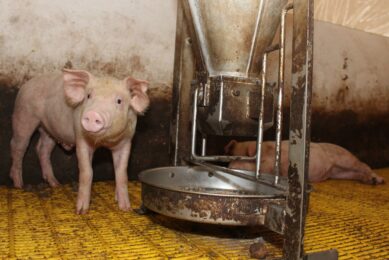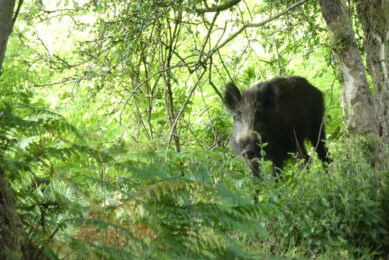ASF Philippines: Hope for small-scale pig farmers

African Swine Fever is not over in the Philippines, but with every “ASF-free” declaration, hopes for an ASF-free country are rising.
Clearance of the disease is expected to have a huge impact on restoring the small-scale pig production of the country, which has been the most affected. Most small-scale pig producers have been forced to divert into farming activities other than piggery. Yet, according to 2020 data from the Philippine Statistics Authority, local pig production is a PHP249.66 billion industry primarily composed of backyard raisers. With the campaign for presidential elections at its peak in the country, it is no surprise that the promised support for backyard pig farmers is one of the main targets for aspiring presidential candidates.
More cities declared ASF-free
As reported by the Philippines News Agency, the Department of Agriculture (DA) has declared at least 19 towns and cities in Eastern Visayas ASF-free after a year of battling the disease. As of March 17, 2022, the 19 areas in the region received the upgrade of their status from red to pink zones. Based on the ASF colour-coding scheme, “pink” zones serve as a buffer, where ASF is not present but adjacent to an infected zone. It may also be an area previously infected, but the ASF virus has not been detected for at least 90 days, recovering from infected status.
After the ASF-free declaration for Abuyog, Leyte last year, and Ormoc City last month, 17 more areas in the region joined the list as their local governments succeeded to stop its spread. These areas are Javier, MacArthur, Mayorga, Burauen, Dulag, Carigara, Leyte, Palo and Baybay City in Leyte; Guiuan, San Policarpo, Dolores, Oras, Balangiga, Llorente, and Maydolong in Eastern Samar; and Lope de Vega in Northern Samar.
In a gathering, DA Eastern Visayas Regional Director Angel Enriquez said the government is providing sentinel piglets to affected towns to jumpstart the expanded pig production activities in the region.
Efforts to reduce feed imports
Reports indicate that the dependence on imported feed ingredients is one of the reasons why the price of pork products remains high in the country. Reducing or eliminating these imports is expected to reduce farm gate prices. As stated by the Philippines News Agency, feeds equate to about 55% of the production costs for backyard raisers and 65% for commercial raisers.
Besides the government’s initiative on pig repopulation programs, the government also supports the ongoing research on copra meal and cassava as alternative animal feed resources. Currently, the protein component of feeds mainly depends on imported soybeans, but local sorghum, Azolla, and copra meal are promising substitutes in the country. The focus is also on reviving the local corn production because the high tariff imposed on imported corn drives the price of feeds further.
On the other hand, the recent establishment of feed mills across the country and current efforts to establish pig breeder farms in the country by Pilmico, an integrated agribusiness, and food subsidiary of the Aboitiz Group, are among the efforts to further revive the pig industry.
Join 18,000+ subscribers
Subscribe to our newsletter to stay updated about all the need-to-know content in the pigsector, three times a week. Beheer
Beheer













 WP Admin
WP Admin  Bewerk bericht
Bewerk bericht